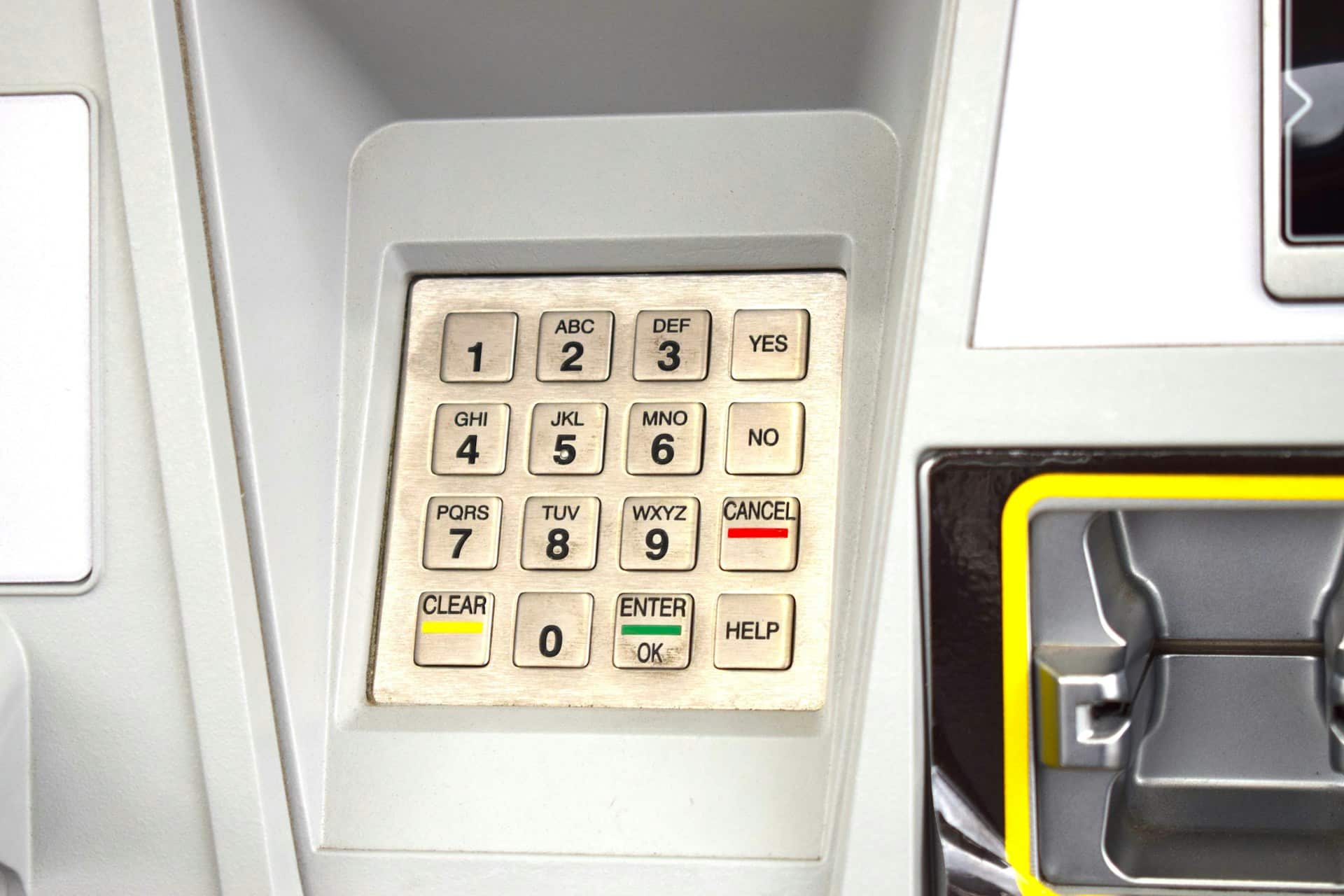An analysis of over 29 million codes reveals that many users continue to use the same predictable PINs from decades ago, exposing their digital security to unnecessary risks.
In the age of advanced cybersecurity and biometric devices, it is surprising to see that millions of people still protect their phones, bank accounts, and digital devices with obvious PINs like “1234.” According to an analysis based on the Have I Been Pwned database, more than 10% of users employ one of the most common—and most insecure—combinations available.
The report, published by ABC News after analyzing 29 million leaked PINs, highlights a dangerous trend: humans are predictable, even when it comes to protecting their most sensitive information.
🔓 The 10 Most Used PINs (and Why You Should Never Use Them)
- 1234 – Used by 9.0% of users
- 1111 – 1.6%
- 0000 – 1.1%
- 1342 – 0.6%
- 1212 – 0.4%
- 2222 – 0.3%
- 4444 – 0.3%
- 1122 – 0.3%
- 1986 – 0.3%
- 2020 – 0.3%
Not only do users repeat easy-to-remember numeric sequences like “1111” or “0000,” but they also choose birth dates or significant years like “1986,” “2000,” or “2020.” Many of these codes are selected for convenience, but they represent a critical vulnerability.
📉 The False Sense of Security
Although a 4-digit code allows for 10,000 possible combinations, most users opt for predictable choices. This completely alters the scenario from an attacker’s perspective: with just five attempts, a criminal could have up to a 12.5% chance of guessing the PIN if they try the most common combinations.
This doesn’t just affect ATMs. Many phones still use PINs as a method of unlocking or as a backup in case of fingerprint or facial recognition failures. In the event of theft or loss, the ease of guessing the code could expose messages, bank accounts, photos, contacts, and personal data.
🧠 Why Do We Keep Choosing Poorly?
Experts agree that cognitive laziness and the need to easily remember codes lead many people to choose simple combinations. But what is easy for a user is also easy for someone trying to breach their privacy.
Some even use the same PIN across multiple services, further exacerbating the risk. Others pick the birth year of a loved one or a significant date, which can often be easily deduced from public information.
🔐 What Should You Do to Improve Your Security?
Changing your PIN is simple, and doing so can make the difference between safety and disaster. Here are some basic recommendations:
- ❌ Avoid simple sequences like “1234,” “0000,” or “1111.”
- ❌ Don’t use birth dates or anniversaries.
- ✅ Choose random combinations that don’t follow visual patterns on the keypad.
- ✅ Use different codes for different services (bank, phone, alarms…).
- ✅ Enable biometric systems (fingerprint, facial recognition) whenever possible.
- ✅ Consider using a password manager to store and generate strong passwords.
🧪 The Experiment That Exposed the Fragility of PINs
During a session at the UK National Cyber Security Center (NCSC), invited journalists were given an access code for the facilities. The code: 1234. Although the NCSC clarified that it was a temporary code, the anecdote underscores a key message: if even experts fall into this trap, what can be expected of the rest?
🔎 Conclusion: Your PIN Should Not Be a Weak Link
In an increasingly digital world, security starts with small steps. And while a PIN might seem like just a formality, it can be the only line of defense between your personal data and a cybercriminal.
Changing your PIN today to a more robust one is a minimal gesture with potentially huge impact. Because in cybersecurity, what’s easy and convenient is almost never the safest option.
Source: Security News

